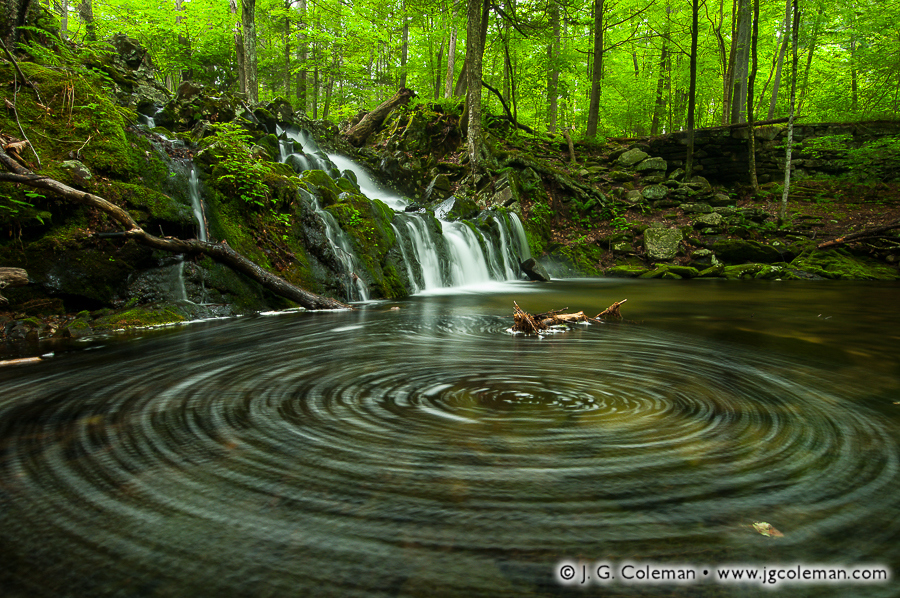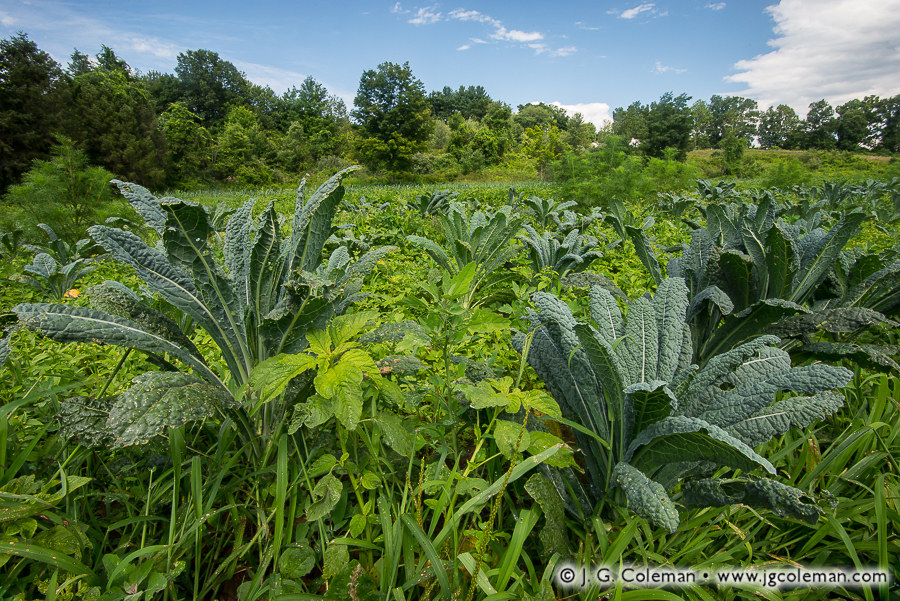
Housatonic RiverKent, Connecticut
© 2015 J. G. Coleman
With the recent weather here in Southern New England mercifully cooling, it seems timely to remind everyone to enjoy what’s left of the summer. If there’s a lingering shred of superstition in your bones, you’ll take heed that the Farmer’s Alamanac calls for “copious amounts of snow” during the coming winter with the “coldest outbreak of the season” predicted for late January.
I produced the piece seen here along the wintry banks of the Housatonic during the final week of January earlier this year. The riverscape that morning lent a certain presence to nature’s penchant for paradox; awakening with splendor, yet still so very dormant… at once, both enchanting and foreboding. “Schaghticoke Rising” (above) was my effort at capturing that bewildering contradiction as it unfolded in the minutes before dawn.
For the curious minds out there, the title of this piece hearkens back to the earliest days of Kent when the remnants of declining native tribes across Connecticut took refuge from encroaching Europeans in the rough, wooded hills of the township. Calling themselves the Schaghticoke (usually pronounced Scat-uh-cook), this amalgam of native peoples became one of the largest indigenous nations in Southern New England. They were also granted one of the earliest reservations ever created in the New World, obtaining some 2,500 acres from the Connecticut Colony in 1736.
Purchase a Fine Art Print or Inquire About Licensing
Click here to visit my landing page for “Schaghticoke Rising” to buy a beautiful fine art print or inquire about licensing this image.
Want to See More?
Be sure to check out all of my work from Bull’s Bridge and the Housatonic River at Kent.

























